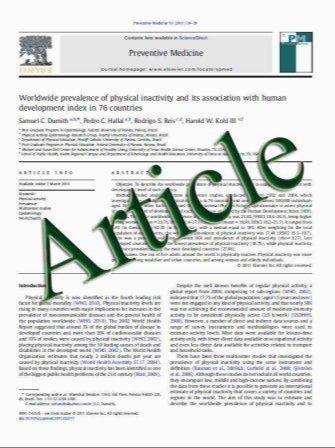Association of Obestatin, Ghrelin, and Inflammatory Cytokines in Obese Patients with Non-alcoholic Fatty Liver Disease
- نوع فایل : کتاب
- زبان : انگلیسی
- مؤلف : Michael Estep & Massih Abawi & Mohammed Jarrar & Lei Wang & Maria Stepanova & Hazem Elariny & Amir Moazez & Zachary Goodman & Vikas Chandhoke & Anch
- چاپ و سال / کشور: 2011
Description
Background Three protein products of ghrelin gene (acylated ghrelin, des-acylated ghrelin, and obestatin) are involved in appetite stimulation and suppression. Additionally, there is some evidence suggesting their involvement in metabolic and inflammatory pathways which may be implicated in the pathogenesis of non-alcoholic fatty liver disease (NAFLD). The aim of this study was to examine the relationships of ghrelin gene products in patients with NAFLD. Methods We included 75 morbidly obese patients with biopsy-proven NAFLD (41 with histologic non-alcoholic steatohepatitis (NASH)) with clinical and laboratory data as well as frozen serum samples from the time of liver biopsy. Fasting serum was assayed for obestatin as well as acylated and des-acyl-ghrelin concentrations using ELISA. Bio-Plex inflammatory cytokine assays were used to profile expression of 17 inflammatory mediators, including IL-6, IL-7, IL-8, G-CSF, CCL2, and MIP-1β. Results Patients with NASH had twofold higher concentration of des-acyl-ghrelin than patients with non-NASH (2.58 vs. 1.24 pg/ml, P<0.02). Ghrelin concentrations in NASH patients with fibrosis stage ≥2 were almost double the concentration of NASH patients with fibrosis stage <2 (8.73 vs. 4.22 pg/ml, P<0.04). Obestatin levels also increased with the fibrosis stage (2.54 vs. 3.46 pg/ml, P<0.03). NAFLD patients with higher fibrosis stage had lower IL-7 concentrations (16.89 vs. 10.68 pg/ml, P=0.014). Obestatin levels at baseline significantly correlated with rate of weight loss after bariatric surgery at various time points. Conclusions This study suggests that products of the GHRL gene may be important for the pathogenesis of NASH and fibrosis. Additional confirmatory studies are needed.
OBES SURG DOI 10.1007/s11695-011-0475-1


